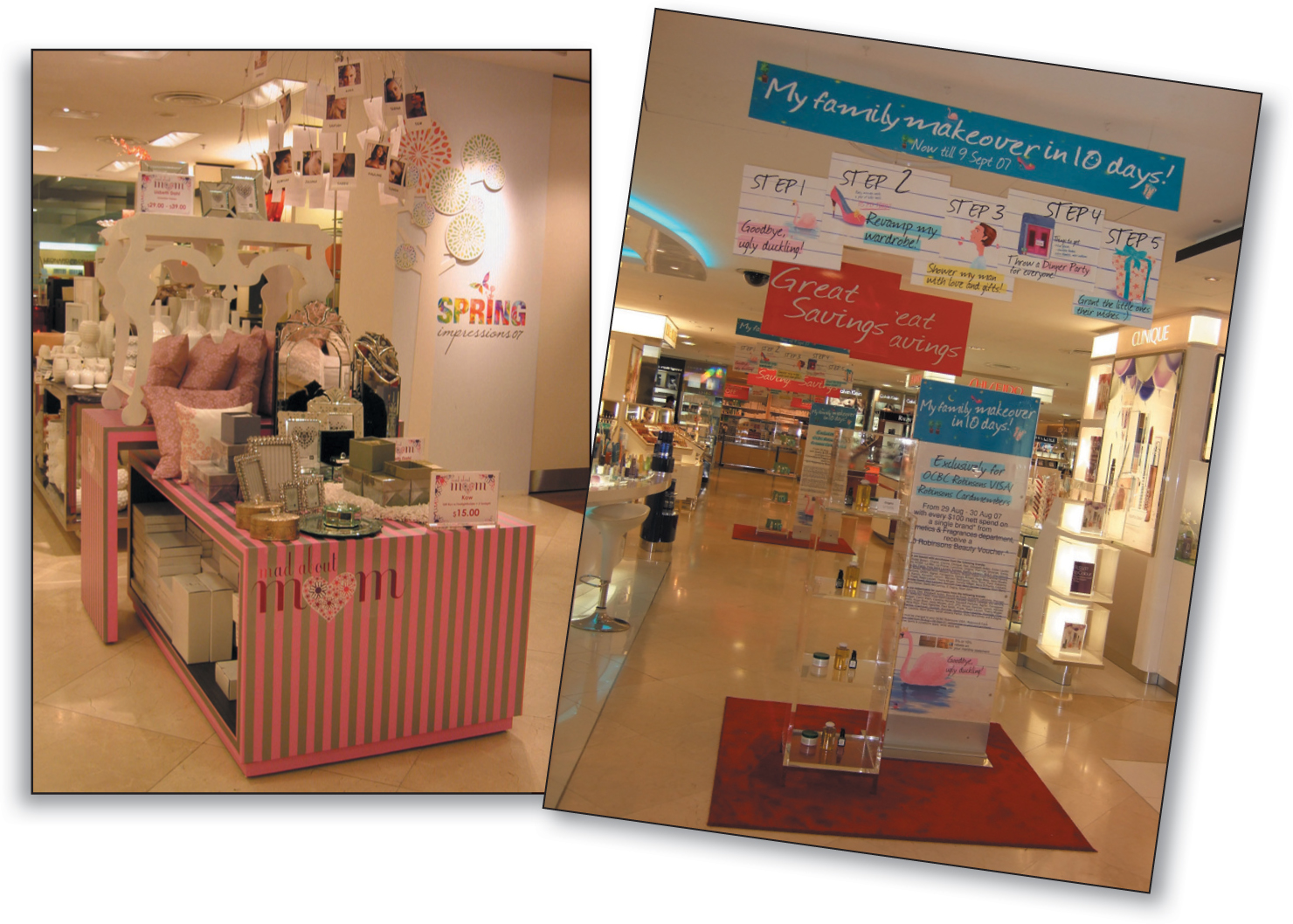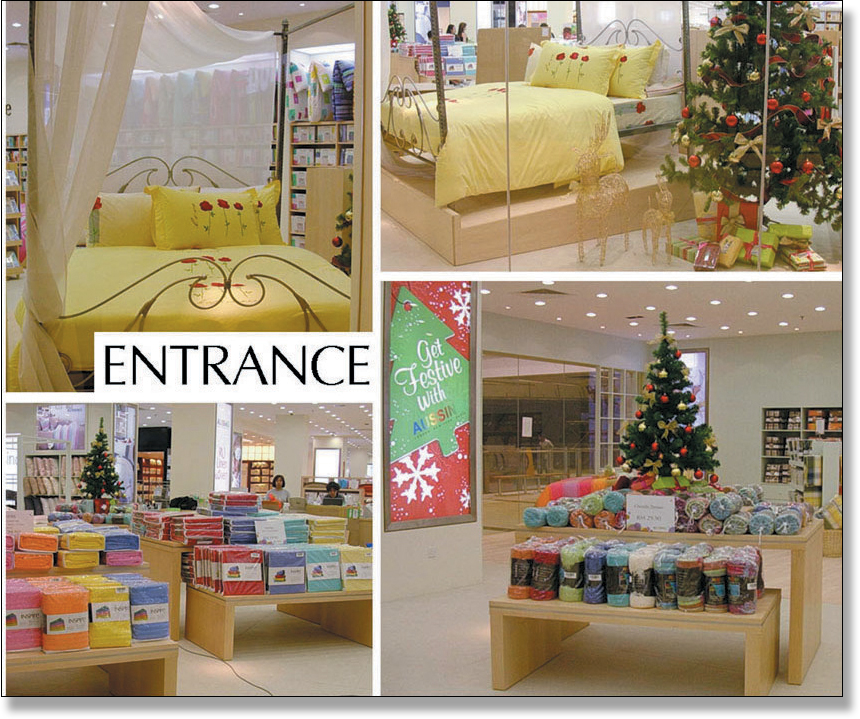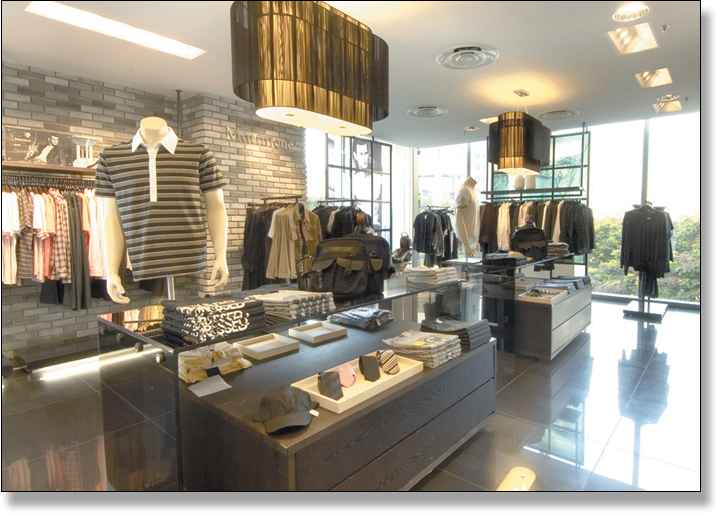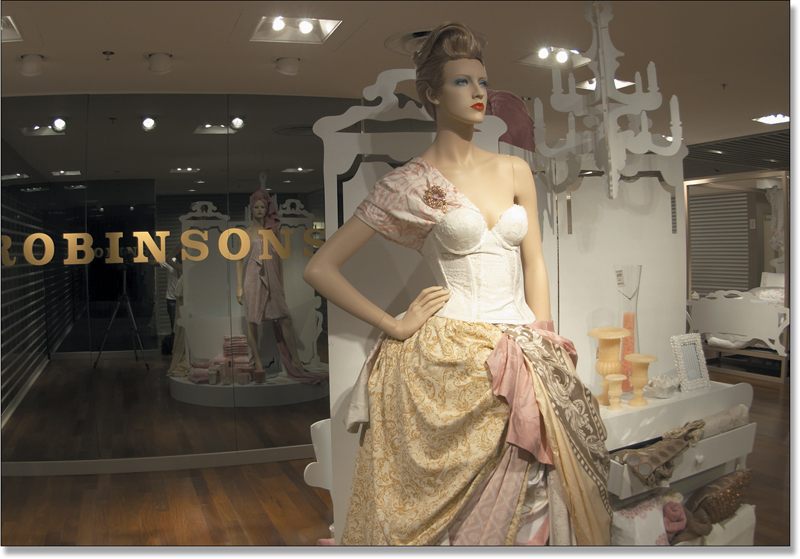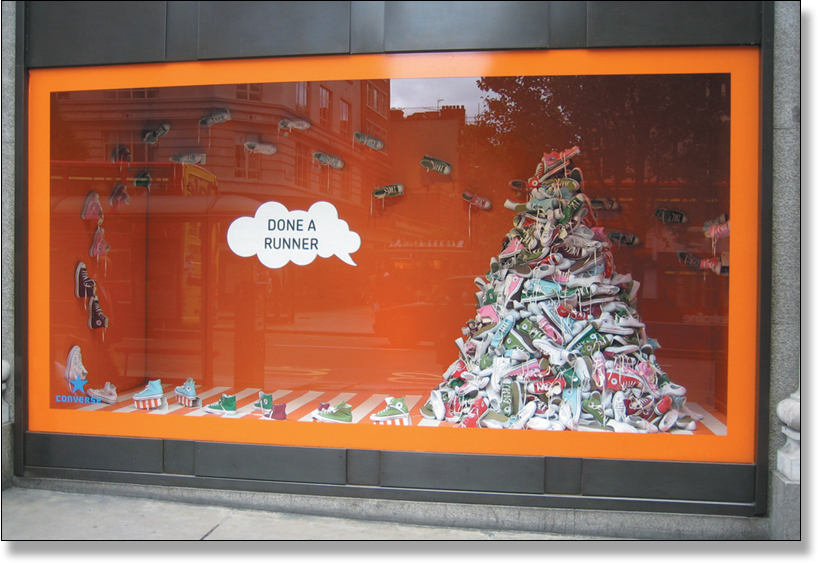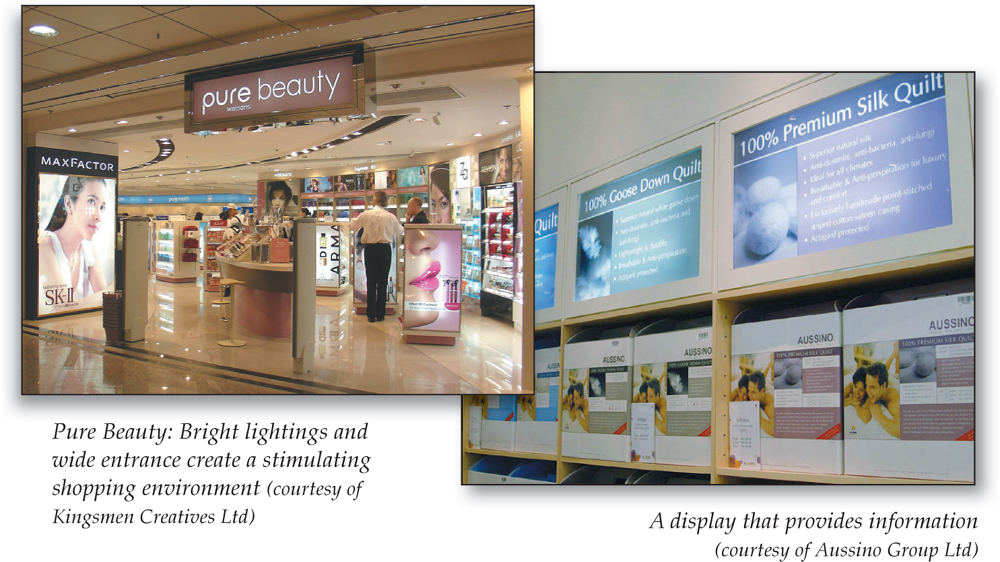Chapter 13. Marketing Practices
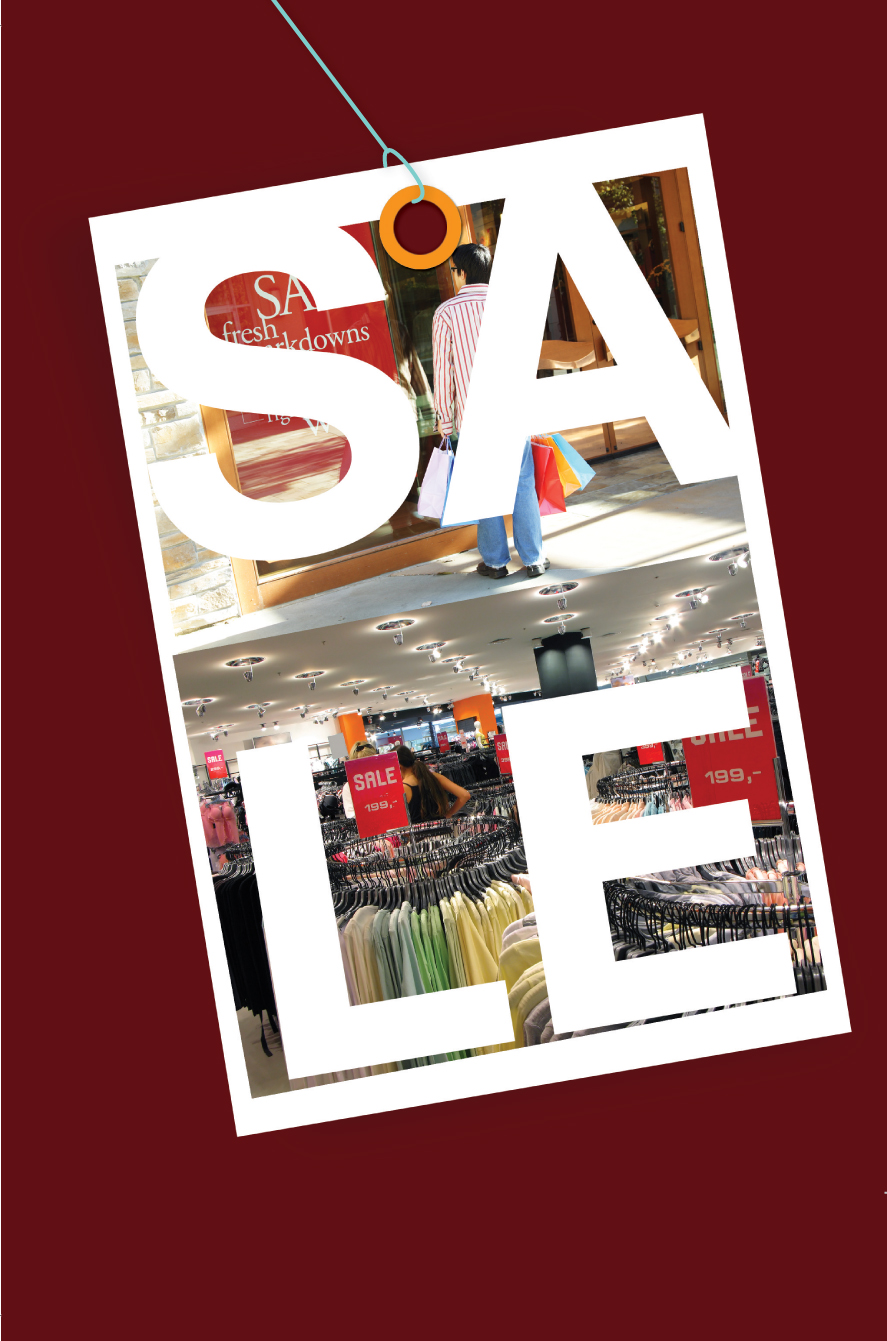
A retailer could stock the most attractive and competitively priced merchandise, and have a convenient location but still fail to attract customers if there is no communication with customers. Retail communication can be accomplished in many ways.

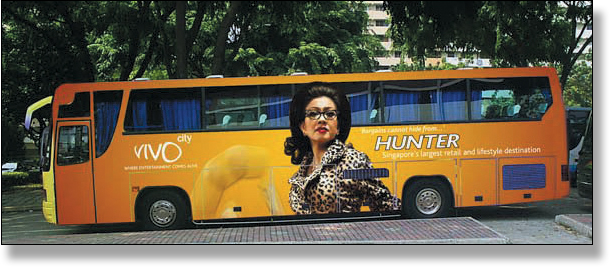
Bus Advertisements
(courtesy of Kingsmen Creatives Ltd)
Advertising
Promotional advertising, which focuses on attracting immediate customer traffic and creating sales, is commonly used by most retailers. The common types of media used are newspapers, magazines, posters, flyers and mailers. To preserve customer goodwill, retailers should be careful in selecting the type of merchandise to be advertised.
Merchandise that should be advertised includes the following:
• Merchandise that is distinctive.
• Merchandise that is currently popular.
• Merchandise that is offered at reduced or special prices.
Merchandise that should not be advertised is as follows:
• Merchandise that is leftover stock and offered at regular prices.
• Merchandise that is available in a limited quantity that does not justify the advertising expenses or satisfy the demand for it.
• Merchandise with uncertain in-store date.
• Merchandise that has been advertised previously and does not give any indication of becoming more saleable.
Sales Promotion
Sales promotion comprises promotional activities other than advertising, personal selling and public relations. It is a short-term incentive to encourage a stronger market response and stimulate consumer purchase. It is designed to support other communication activities.
Promotional activities
(courtesy of the Robinsons Group of Stores)
The objective of a sales promotion is to encourage customers passing the retail shop to:
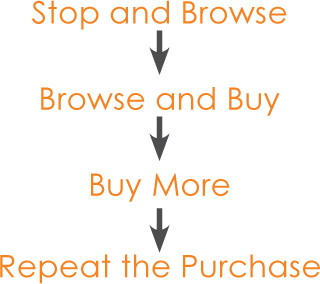
Retailers can use a variety of sales promotion techniques to attract new customers, meet competition, introduce new merchandise or reduce seasonal decline in sales.
A Christmas promotion
(courtesy of Aussino Group Ltd)
For example, to increase sales, the retailer can:
• Increase the number of transactions by using sales promotion methods to attract more people to the shop and also to provide attractive incentives for customers to make purchases
• Increase the size of the average sale by having promotions on merchandise with a high margin and also to offer other incentives to buy more.
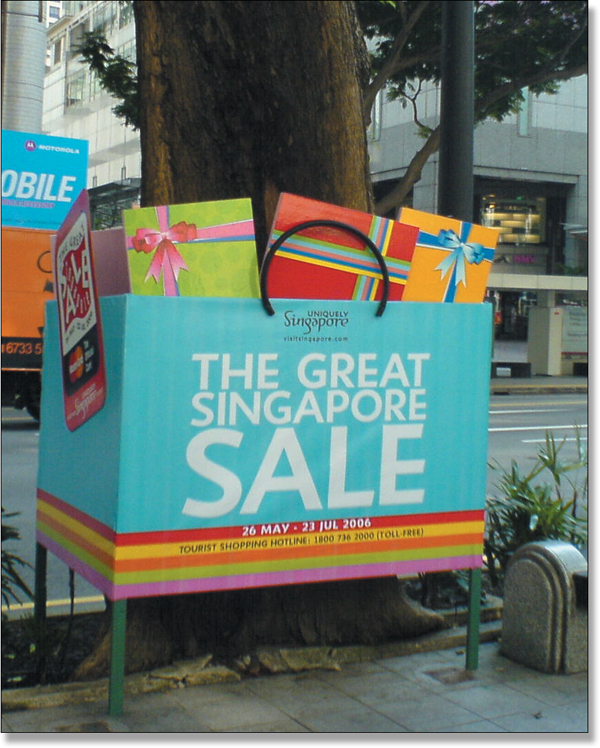
Promotional campaign by the Singapore Tourism Board
Sales promotions can originate from either the supplier or the retailers themselves. Here are some examples:
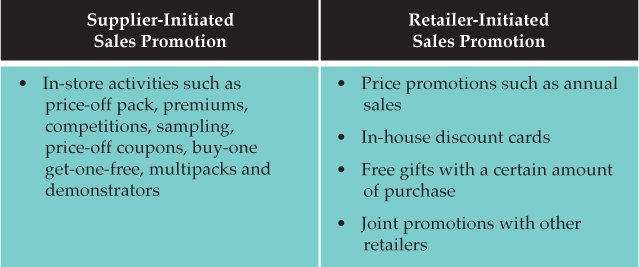
Advertising and promotions are great tools to capture the attention of your customers. But, the most important sales pitch has not even taken place yet!
In retailing, it is only when your customer sets foot in the shop that all your marketing efforts could lead to a sale.
It is here that merchandise presentation, visual merchandising and customer service work in tandem with your marketing efforts (that is, advertising, promotions and so on) in a last-chance opportunity to influence your customer before a purchase decision is made.
Merchandise Presentation
Merchandise presentation refers to the most basic way of presenting merchandise in an orderly, understandable, easy-to-shop and easy-to-find format. It is the arrangement of merchandise by style, price point, saleability and inventory.
Merchandise presentation is also that part of the shop that remains constant longer than the visual presentation or display of a product. It may not be the part of a presentation or display area that is the most exciting. Its main purpose is to support and enhance the display in a neat and organised manner.
A merchandise presentation
(courtesy of the Robinsons Group of Stores)
Here are some points to consider:
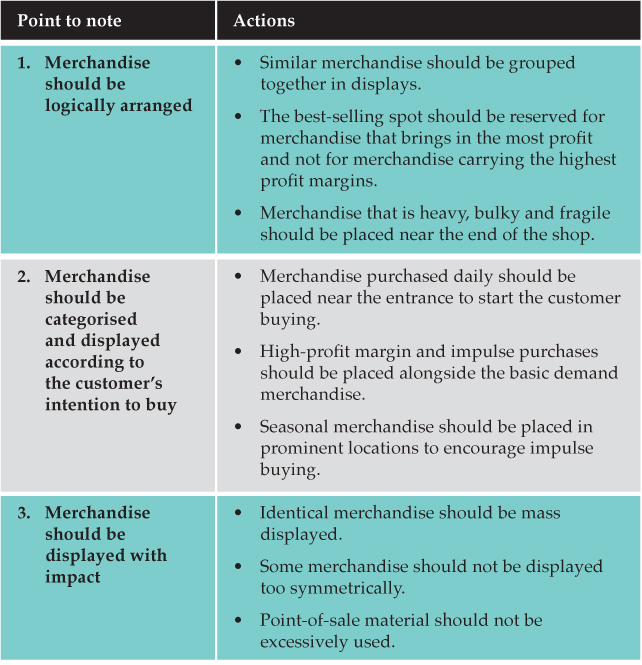

Arrangement of merchandise by brand
(courtesy of Aussino Group Ltd)
Visual Presentation

A merchandise display
(courtesy of Aussino Group Ltd)
Visual presentation is often referred to as display. It includes all merchandise not displayed in a permanent shelf location. It complements the basic merchandise presentation on a fixture or a wall area.
Displays are used to add interest and excitement to the shop.
They improve the shop’s atmosphere and help to reinforce the shop’s image.
The proper use of visual presentation to enhance merchandise within the shop can induce single or multiple sales. When a variety of merchandise is put together, they can offer customers a means of understanding as to how each item works, as well as how it enhances or supports the others.
For example, if you are selling cookware, you can enhance the display by adding cookbooks, aprons, utensils and even food. You could add a mannequin, for the human touch, wearing a T-shirt and an apron. You could also add a piece of furniture, tablecloth and napkins.
Cross merchandising
(courtesy of the Robinsons Group of Stores)
Extending a display to incorporate related merchandise (cross-merchandising) is a very powerful selling tool.
Many elements go into the building of an effective display.
Merely grouping merchandise together will not make an attractive display.
When arranging the merchandise, the message to be sent out must be clear. The presentation must be focused. A customer will not remember a display if it shows a representation of all the available products, packed with other merchandise. The less busy and the more cohesive the display, the more likely your customers will notice what you are trying to sell.
A good display should incorporate the following:
• Have a theme (to stimulate a desire to buy and to integrate all marketing efforts, from the website to the shopping bags, sending coordinated and cohesive messages about the business, merchandise and services)
• Should provide information (for example, the description, location and price of merchandise on display)
A bed-linen display – An unorthodox way of attracting customers’ attention
(courtesy of the Robinsons Group of Stores)

Mothers’ Day gifts display
(courtesy of the Robinsons Group of Stores)
• Should be distinctive (do something different to promote impulse or unplanned purchases)
• Show the merchandise in use (to mould customer perceptions and influence buying behaviour)
A window display
• Must be maintained (keep display clean and neat to help promote the shop’s image)
• Must be changed frequently (to launch new merchandise or promote existing merchandise)
Consider the following when creating a successful display:
• Identify the area and space for display within the shop (windows, tops and endcaps of the fixtures, walls, cashier counter)
• Determine the message to be sent out to the customer (a sale, promotion, launch of new merchandise)
• Identify the merchandise to be displayed (main focus) and select some merchandise to complement the display (secondary focus)
• Choose the appropriate props to support or add interest to the merchandise (for example, use appropriate cubes or boxes to bring display merchandise to the eye level)
• Determine the information to include in the sign, keeping in mind that it should be simple (for example, the brand or product, the special price, the normal price and the selling message)
• Identify the day and time needed to set up the display
• Review the display and also ensure that the lighting highlights the main focus of the display
• Update the display (for example, ensure that the displayed merchandise is replaced, should the merchandise become out of stock)
Customer Loyalty Scheme
A loyalty scheme is a mechanism to identify and reward loyal customers. It uses some form of membership card which is presented at the point of sale so as to obtain direct cash discount or record the value of a purchase to earn reward points for redemption of products or services.
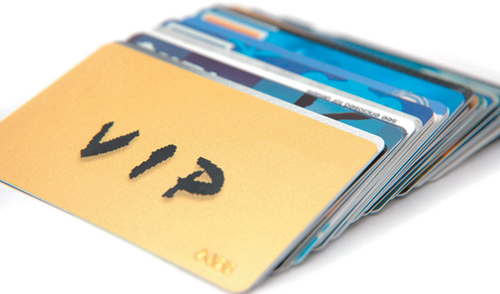
Many retailers use loyalty scheme to retain or expand their customer base. The loyalty card is so common nowadays that it has become a commodity. It has remained questionable as to whether loyalty schemes have radically changed customer behaviour over time and contributed to the company’s profitability.
Very often, retailers who offer loyalty programmes fail to create a unique and compelling reward for their target customers. They may set the threshold too high for customers to achieve rewards or create unnecessary barriers for customers to redeem their rewards.
Many retailers also fail to manage the loyalty scheme properly. They assume price is the only key motivator for a customer to make a purchase and thus, the loyalty scheme becomes merely a discount programme. There are no follow-up activities or events for customers in the loyalty scheme.
Others do not use the customer information gathered effectively. They assume a ‘one-size-fits-all’ scheme will work. Different customers want different things from the loyalty scheme.
A loyalty scheme should be individually tailored to meet your specific objectives and satisfy your valuable customers.
The most important success factor for a loyalty programme is that the reward must connect the customer to the brand and motivate the consumer to earn the reward in the first place.
To establish a successful loyalty scheme, the retailer must first define the objective of the loyalty scheme. Different objectives will lead to different marketing efforts and thus different types of rewards to offer to various customer segments. Examples of loyalty scheme objectives include “to maximise spending per customer” or “to maximise retention of top spenders”.
Secondly, the retailer must understand customers’ motivation to buy, and encourage or ‘reward’ that behaviour to build loyalty. Examples of customer motivation to buy include convenience, special deals, special privileges, etc.
Thirdly, the retailer must analyse the customer information to establish some customer facts such as customers’ buying patterns, lifestyles, and what could motivate and change their behaviour patterns in the store. In this case, the retailer can structure the rewards accordingly.
But, not all loyal customers would join the loyalty scheme. Some customers do not see the rewards as worthwhile. Others have no confidence in releasing their personal information to the company who is managing the scheme for fear of misuse. Hence, it should be noted that customer service is still one of the key ways to generate customer loyalty.
A loyalty scheme cannot be a substitute for customer service.


